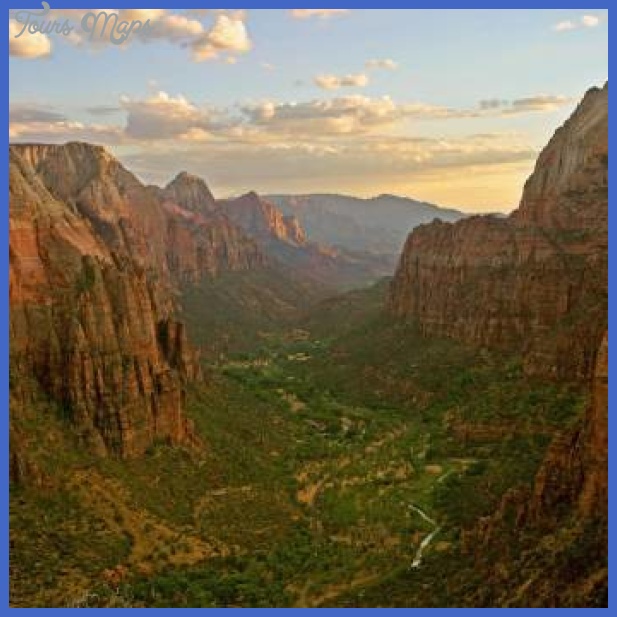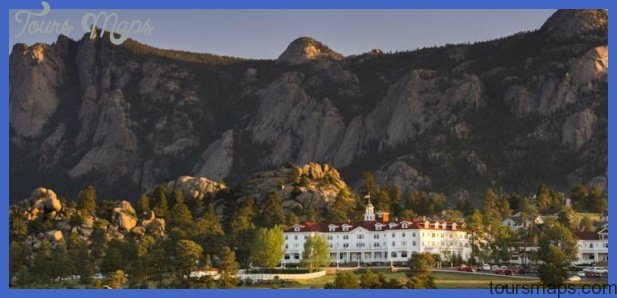SUPERIOR NATIONAL FOREST KAWISHIWI RANGER DISTRICT
Wolves
Another animal that frequents these trails, but which you are not likely to see, is the wolf. Their droppings and tracks appear occasionally, the tracks showing up best in muddy places. You can usually determine wolf tracks by their size. If you open your hand with the fingers spread out wide, and then curl the fingers in at the second and third joints, what you have left should just about fill a wolf print. The scat is usually long and cylindrical, up to 6 inches in length.
Sections of northeastern Country are a mosaic of wolf pack territories that may range in size from 48-120 square miles. Wolves are strongly territorial. Being at the top of the food chain requires that they roam and maintain large areas in order to ensure an adequate food supply and protection for their pups. A pack delineates its territory with the use of urine and feces scent-markers and howling.
A study of wolf howling and its role in maintaining a pack’s territory, conducted by Fred Harrington and David Mech in the Superior National Forest, showed that whether to howl or not is a complicated matter for wolves. The overall response rate Harrington and Mech got to their howls was an unexpectedly low 29 percent. They learned that howling has both a benefit and a cost. The benefit of howling is that it advertises the pack’s position and allows nearby wolves to change their course of travel so as to avoid an encounter. Wolves generally prefer to avoid encounters between packs due to the high risk of injury and death. The cost to a pack for howling is that it gives away the pack’s position to other wolves that may be intent on an encounter. Harrington and Mech decided that to avoid accidental encounters between packs, wolves should respond to howling, but to avoid deliberate encounters they should remain silent and retreat, which is what the wolves tended to do most often with some exceptions. From the exceptions, the biologists learned that howling responses were not associated with the pack’s entire territory, but to specific resources and sites within it, namely food and newborn pups.
Harrington and Mech got higher responses from wolf packs and lone wolves that were attending to recent kills. The more recent the kill, and consequently the more food the wolves were still likely to get from the carcass, the more likely they were to respond to howls. The men also found that packs were more likely to respond if pups were present. In both of these instances, wolf packs behaved as though the cost of responding, while it might lead to deliberate encounters, is worth the effort because of the essential resources that had to be protected. In both cases again, neither resource is one wolves can easily move, and so moving is not an option.
You may want to try howling on some of your hikes to see if you get a response. What a thrill that would be. Harrington and Mech found little difference in response rates between night and daytime howling. They usually howled at night though because the wind tends to be calmer making it easier to be heard and to hear.
Best family getaways in US Photo Gallery
Maybe You Like Them Too
- Top 10 Islands You Can Buy
- Top 10 Underrated Asian Cities 2023
- Top 10 Reasons Upsizing Will Be a Huge Travel Trend
- Top 10 Scuba Diving Destinations
- The Best Cities To Visit in The World




